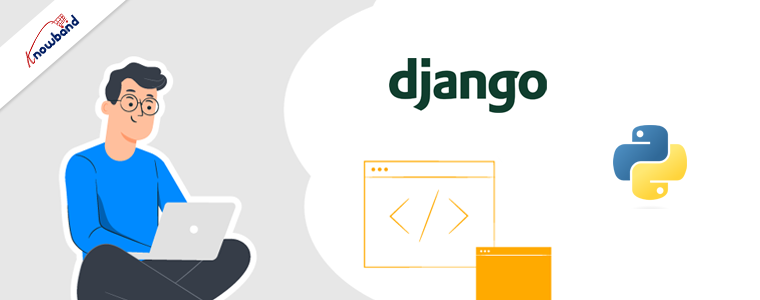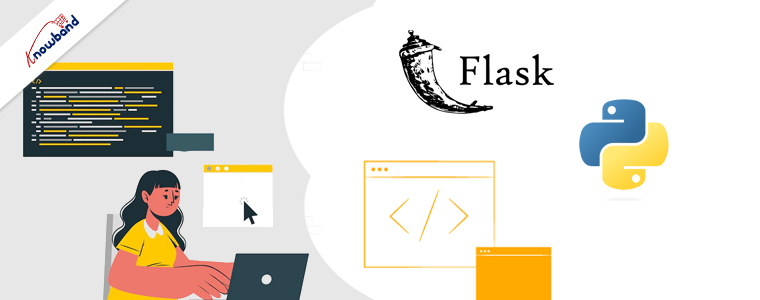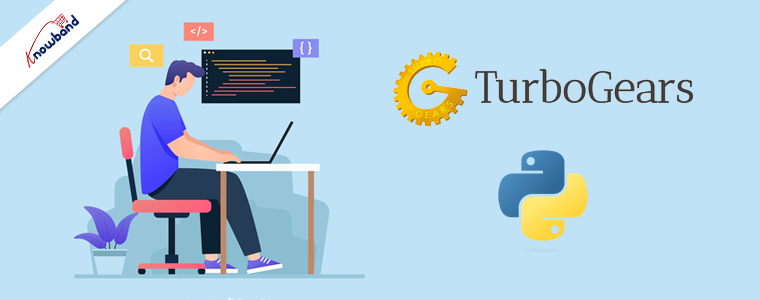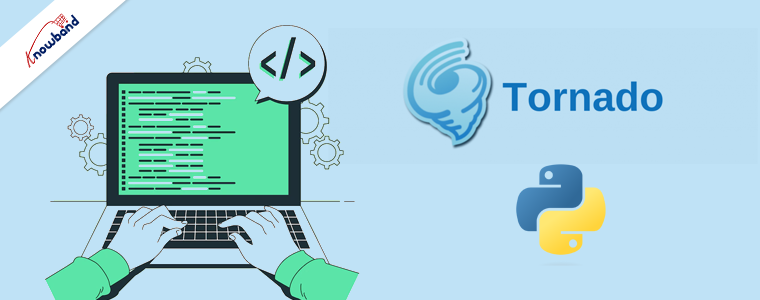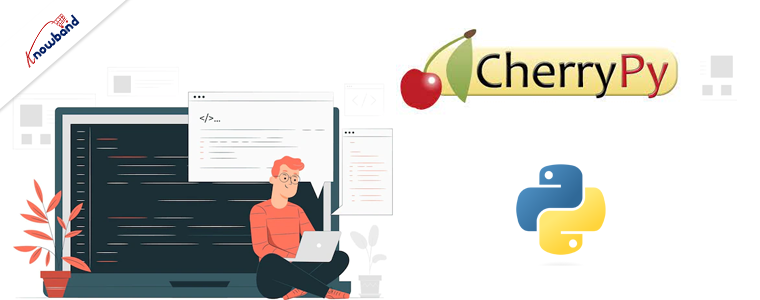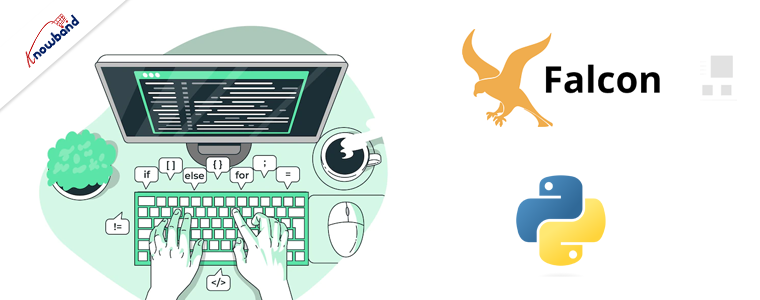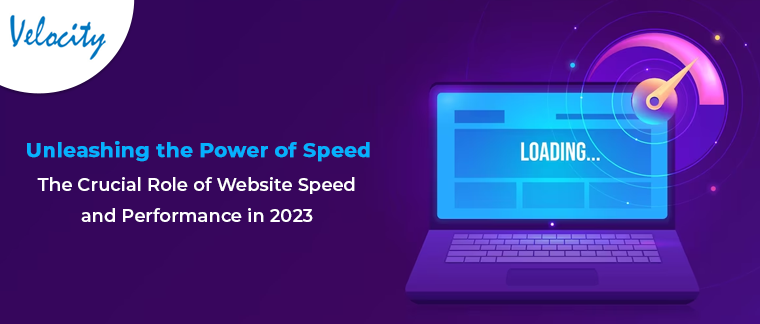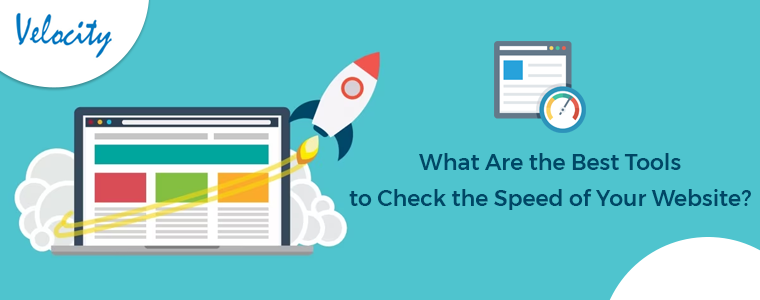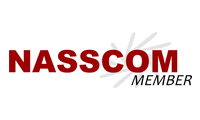Python has been one of the most popular programming languages for quite some time now. This is because it is simple to learn and versatile. Python frameworks make it even easier to develop web applications, which is why they are so popular. In this blog, we will discuss 10 Python frameworks that you should be using in 2022!
1. Django
Django is an open-source Python framework that is free to use. This framework helps developers to create complicated applications and apps quickly. Furthermore, the Django framework is utilized to develop high-quality web applications. Moreover, developers can use the Django framework to easily create web apps and application programming interfaces (APIs). The Django framework has been used to create over 12,000 popular projects. It is also one of the well-liked and long-lasting web development frameworks.
This exceptional Python framework simplifies the process of designing online apps by delivering a plethora of complex capabilities. It comprises many libraries that drastically minimize the necessary coding and make components reusable.
Key Features of Django
- Contributes to the definition of URL patterns on your website.
- A reliable and straightforward URL system.
- An ORM that is adaptive as well as rewarding.
- Enables automated migrations to be executed.
- Has an integrated authentication system.
2. Flask
Flask is the second most popular Python framework after Django. It is a WSGI microframework that allows Python to be used for full-stack development. Developers can start designing web apps using this framework immediately, allowing them to create incredibly efficient and scalable web applications. The framework also offers an integrated unit testing tool that supports secure cookies. This framework was designed with simplicity and productivity in mind, making it a highly easy-to-use full-stack web development framework. The best advantage is that it is not reliant on any specific tool extension or library but instead permits the usage of any tool or library. Flask is a framework primarily intended for the development of small-scale applications. It also comes with an inbuilt debugger and server.
Key Features of Flask
- It helps with unit testing.
- It has a built-in debugger.
- Compatible with Google Application Engine, for example.
- It adheres to the Unicode standard.
- Werkzeug is a framework for developing WSGI applications.
- Keeps cookies to help Client-Side with its tasks.
- Responds to HTTP requests.
3. Pyramid
Pyramid is another well-known open-source Python Web application framework that keeps up with several technical advances. To run the framework, Python 3 is necessary. Pyramid’s primary goal is to construct web applications with as little complexity as feasible. It is a very versatile framework that developers can use for both complex and simple applications. Furthermore, it is a well-known and extensively used framework among the most experienced Python developers due to its high quality and transparency. It allows developers to select from several generating libraries, templating languages, and database layers. The Pyramid community is very active, having created ten different versions since 2010.
Key Features of Pyramid
- HTML structure generation and validation are provided, as are flexible approval and authentication systems.
- Assists with data documentation and testing.
- Can execute both large and small applications.
- URL mapping is enabled through Routes configuration, WebHelpers, and URL dispatch.
4. TurboGears
TurboGears is a Python framework for developing web apps that is free and open source. It was created to combine the best elements of many Python frameworks and overcome the shortcomings of numerous mobile and web application development environments. Developers can use this framework to quickly build web applications. The framework enables the rapid development of extensible data-driven apps. The ORM is broad and robust, and the templating engine is straightforward. Another noteworthy feature of TurboGears is their reusability.
Key Features of TurboGears
- Support for multiple databases.
- It makes use of PasteScript templates as well as an MVC framework.
- Command-line utilities available.
- Compatibility with the JavaScript library MochiKit.
- Using ToscaWidgets, coordinate server deployment and frontend design.
5. Tornado
Tornado is a free and open-source asynchronous networking framework and library. By employing non-blocking I/O, this asynchronous framework solves C10k issues. It is the best framework for creating a high-performance application that can handle thousands of concurrent users. The framework is threaded rather than WSGI-based, which sets it apart from most Python-based frameworks. Tornado’s popularity rivals Flask and Django because of its capabilities and high-performance tools.
Key Features of Tornado
- In-built template engine.
- Help with localization and translation.
- The result is of high quality.
- Enables the use of authorization techniques and third-party authentication.
- Allows for user authentication.
- Offers on-the-spot services.
- Supports web templating.
- A non-blocking HTTP client.
6. Cherrypy
Cherrypy is a Python framework for constructing web apps that is free and open source. Because of the simplicity of its interface and user experience, it is the most commonly used Python framework. This framework makes it possible to build simple and quick online applications by simplifying web app development like object-oriented Python programs. This versatile framework allows for any technology for data access and template generation, making it the most adaptable framework on the market. CherryPy also controls cookies, sessions, file uploads, and statics. It also enables the use of any WSGI-compatible web server or as a web server.
Key Features of Cherrypy
- A robust installation and configuration system.
- There is built-in support for testing, coverage, and profiling.
- Session Management, Encoding, Static Content Management, Caching, and Authentication are all built-in tools.
- A plug-in system with numerous applications.
- Accelerated development.
- Support for multiple HTTP servers.
- The web server uses WSGI thread pooling.
- HTTP/1.1 compatibility
7. Falcon
Falcon is a Python framework that makes creating web APIs like configuration files and backend apps easier. Compared to Flask and Django, Falcon responds rapidly while preserving a clear path. This framework allows developers to construct pure design apps, reuse existing ones, and integrate HTTP servers. Falcon also responds swiftly and accurately to HTTP issues and vulnerabilities. The Python framework is not dependent on anything other than the standard library, which reduces the application’s attack surface. On the other hand, it keeps a safe distance between itself and transitive bugs.
Key Features of Falcon
- Advanced exception handling
- Using Cython improves performance.
- A highly efficient and extensible codebase
- Responds to DTY requests.
- WSGI aids in unit testing.
- Resource classes inspired by REST
- Provides middleware components.
- URL templates make it easier to navigate.
Conclusion
Choosing the proper framework that meets your requirements and starts creating unique web applications right now! We’ve produced a list of web development firms’ most popular Python frameworks. You can choose any of them based on their characteristics and the requirements of your project. Velocity is a web development company that can help you determine the ideal framework for your project and design the website to your specifications.

